Double Dare and the Art of Drunken Flying… Thomas Fitzpatrick and Flying Cessnas Downtown Washington Heights, Manhattan, New York September 30, 1956 and October 4, 1958 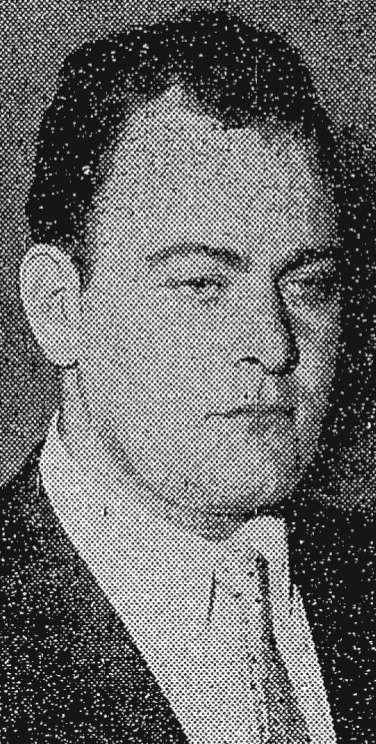 One of the highest commandants in aviation is that the consumption of alcohol and flying an airplane do not mix - period. But while intoxicating beverages affect judgment, reasoning, and even basic hand-eye coordination – they are also known to reduce a person’s inhibitions and reasoning, even in the most hardy of souls, and can lead to spectacular results. One of the highest commandants in aviation is that the consumption of alcohol and flying an airplane do not mix - period. But while intoxicating beverages affect judgment, reasoning, and even basic hand-eye coordination – they are also known to reduce a person’s inhibitions and reasoning, even in the most hardy of souls, and can lead to spectacular results.
Jones-ing for Action Thomas Edward Fitzpatrick was born on April 24, 1930, in New York City’s Washington Heights neighborhood. As World War 2 raged, he lied about his age to serve in the Marine Corps, seeing combat in the Pacific. He later joined the US Army in 1949 to serve during the Korean War. During Korea, “Tommy Fitz” as he was called, received the Silver Star and Purple Heart for actions described in the citation: “During a strategic withdrawal, Corporal Fitzpatrick noticed a wounded officer, about 100 yards forward of his position. In attempting a rescue, he and a companion were seriously wounded. Cpl. Fitzpatrick - despite severe pain and loss of blood -made it back to safety, directed a second successful rescue party, organized and provided covering fire to support the rescue.” In 1952, he returned to his home in Emerson, New Jersey, and became a union steamfitter while working on the side as an airplane mechanic while taking flight lessons at the Teterboro School of Aeronautics. A rough job with long hours, he would occasionally stay in Manhattan late to relax and enjoy the company of friends. On the evening of Saturday, September 29, 1956, in a corner bar on 191st Street called Joe's, the husky 26-year-old was attending a bachelor party… As the night turning into the early morning of the 30th, the indulgence in alcoholic drink and merriment continued unabated. And then someone bet Fitzpatrick that he couldn’t travel from New Jersey to New York City in 15 minutes. Fitzpatrick accepted the challenge and disappeared into the night. A Canyon of Brick and Steel… A short time later, a small red and white Cessna 140 maneuvered it 32-feet wingspan flew down between rows of tenement houses and made a smooth landing on the 60-foot wide St. Nicholas Avenue near 191st Street. With Fitzpatrick at the control, he then taxied up the darkened street to the tavern and shut down the engine shortly before the bar’s 3 am “last call,” where he enjoyed another beer. Then the police showed up. Initially, he told police that he borrowed the plane from its owner and had unexpected engine trouble. He regaled his “recollections” of what transpired to police, claiming he drove over from New Jersey that evening for a party, dropped by the tavern in an old neighborhood where he once lived, and then drove back across the Hudson River to the airport at Teterboro. He then "borrowed" a plane and buzzed back to the tavern. “I just had an urge to fly," said Fitzpatrick. But that story quickly unraveled as experts studied the plane’s motor and saw no issues, so the police arrested Fitzpatrick. 
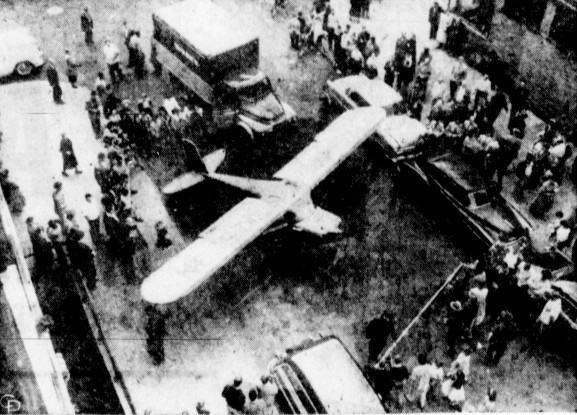 Simply Amazing… Simply Amazing…
Sgt. Harold Behrens, of the Police Aviation Bureau, said the landing was a 100,000-to-one shot—in fact, "almost impossible” while the New York Times called the flight a "feat of aeronautics" and “a fine landing." As police and Civil Aeronautics Administration officials filed charges against Fitzpatrick, the plane was taken apart and towed off to the police station at Wadsworth Avenue and 182nd Street to be held as evidence. Fitzpatrick was arraigned in court on a felony charge of grand larceny and for violation of the city administrative code – forbidding the landing of airplanes on New York City streets. "A great many terrible things could have happened," said the judge, Magistrate Edward J. Chapman, who set $5,000 bail "as a deterrent to other foolish young men who get drunk and fly a plane." 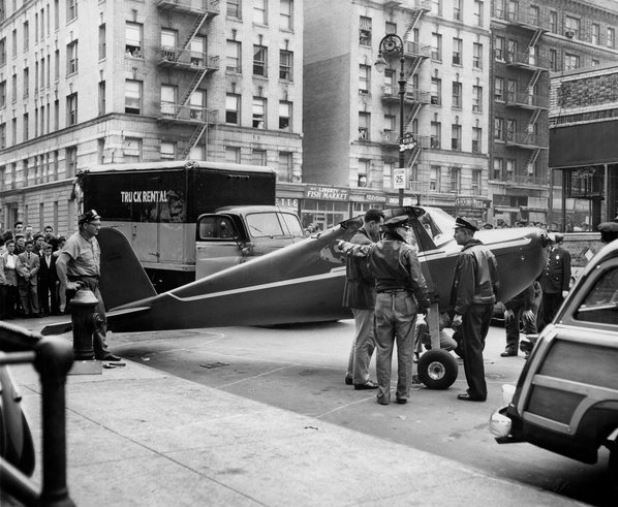 Ultimately, the grand larceny charge was dropped a few weeks later when the plane’s owner, Donald Hulse, declined to sign a complaint. But for his illegal flight, Fitzpatrick was fined $100 fine (instead of 10 days in jail) after being found guilty of landing without a permit, reckless operation of a plane, and flying without a medical certificate. He also had his pilot’s license suspended for six months. Despite having 190 hours of flight time logged, he had no interest in flying again and never reapplied for his pilot’s license. Ultimately, the grand larceny charge was dropped a few weeks later when the plane’s owner, Donald Hulse, declined to sign a complaint. But for his illegal flight, Fitzpatrick was fined $100 fine (instead of 10 days in jail) after being found guilty of landing without a permit, reckless operation of a plane, and flying without a medical certificate. He also had his pilot’s license suspended for six months. Despite having 190 hours of flight time logged, he had no interest in flying again and never reapplied for his pilot’s license.
He assumed a quiet life in Carlstadt, married in June of 1958, and continued working as a steamfitter, until a visit to his old stomping grounds reignited his need to fly… Round Two… Shortly after the two year anniversary of his 1956 flight, Fitzpatrick was at another bar in the same part of Manhattan. After mentioning the feat in conversation, a fellow bar patron refused to believe him. And so Fitzpatrick again stood up, left the bar, and drove to Teterboro Airport. He looked over the ten aircraft on the Teterboro School of Aeronautics’ flight line and proceeded… Some 20 minutes after midnight, the Teterboro control tower operator watched as a Cessna 120 took off from the field’s west taxiway without navigation lights, proper clearance or radio contact with him. Twenty-five minutes later - Harvey Roffe, 30, a bus driver for the Surface Transportation Co., was parked at the end of his run at Amsterdam Avenue and 191st Street when the plane came in for a landing, headed south. 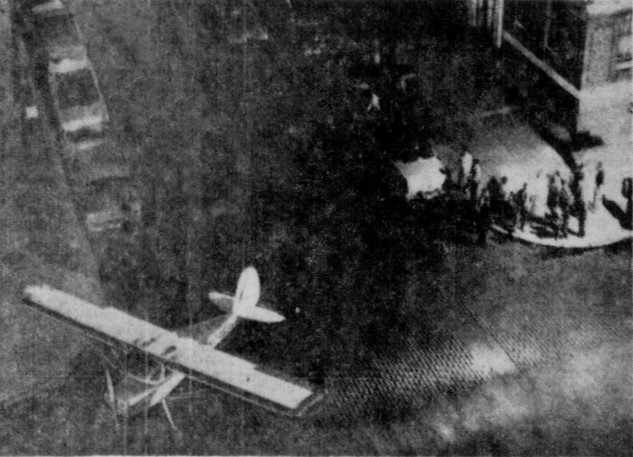
"I just got into my seat when all of a sudden I heard something that sounded like a large fan,” he said. “I looked in my rearview mirror and saw this plane coming at me.”
“He landed alongside of me. The plane hit the ground and bounced 20 feet in the air. I thought he was going to take off again. Then he hit the ground again and taxied down to 187th Street."
Roffe said he jumped from his bus because he thought he was going to be hit by flying glass. Then he ran down to 187th St., but by the time he reached the plane the pilot was gone.
"God forbid If I ever hit a plane," Roffe said. "What could I say at the safety hearing?"
Another motorist, John Johnson, 34, saw what he would later tell police: “I saw something coming down. I didn’t know what to imagine; I slammed on my brakes, and a plane skidded over the top of my car and made a perfect lauding ahead of me. I saw a man get out and run toward St. Nicholas Avenue on 187th Street,” who he described as tall, blond, and husky wearing a gray suit. Responding patrolmen pushed the plane to the southwest corner of the intersection out of the way of traffic, placing the tail section on the sidewalk with the nose and wheels extending into the gutter. Lieutenant Kenneth Johnston of the Police Aviation Bureau noticed the plane had three-quarters-full fuel tanks and was in perfect working order. Noticing the parallels between the 1956 landing and this occurrence, the police called Fitzpatrick to the Wadsworth police station for questioning. At first, he denied he had anything to do with the flight – but then he gave in, according to the officers, when witnesses identified him and when he was told his fingerprints matched those on the plane. 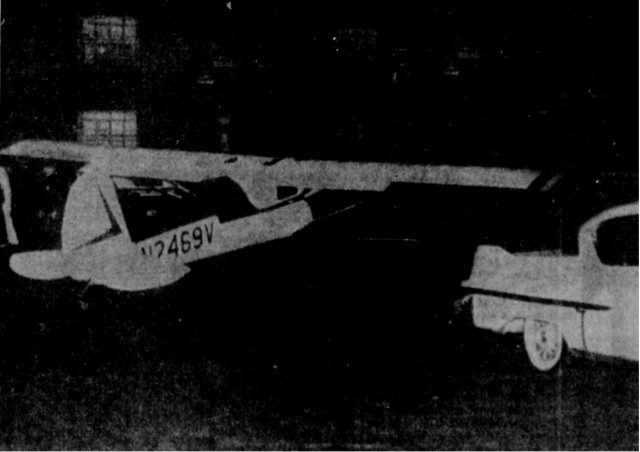 He was again charged with grand larceny, the same administrative code violation as in 1956, and numerous Civil Aeronautics regulation violations, namely dangerous and reckless operation of an aircraft, landing within city limits under other than emergency conditions, and flying without a license. After having “come down like a marauder from the skies endangering the lives of hundreds of persons” in the words of Ruben Levy, the magistrate at Mr. Fitzpatrick’s criminal arraignment. Fitzpatrick was held on $10,000 bail. A Lecture on Temperance… Judge John Mullen allowed Fitzpatrick to plead guilty on January 26, 1959, to a misdemeanor - bringing stolen property into the state - to cover a two-count indictment which again included grand larceny. “Your trouble is you do not know when to stop drinking.” Judge Mullen said in his lecture “The last time you paid a $100 fine. If you had been seriously and properly jolted the first time, it’s possible this would not have occurred a second time and maybe you wouldn't be standing here today. There is no doubt in my mind that you were intoxicated and were in a measure dared by a drinking companion when you were in this silly semi-intoxicated condition." The judge then noted that Fitzpatrick’s record, aside from the two flights, was “ the best I have ever seen, without a doubt." noting that the New Jersey man was an underage marine corps volunteer and had a good civilian work record. But, Mullen added, despite the “miraculous" landings on both flights, “you’re not going to make an airstrip out of a New York city street. There is no doubt that making airstrips of New York City streets is fraught with danger.” Fitzpatrick said, "it's the lousy drink" that caused him to pull the stunt, but Mullen was unmoved. For his second illegal flight, he was sentenced to six months in prison. Epilogue As for Fitzpatrick - after his incarceration - he continued to work as a steamfitter, and was active in his community, having three sons with his wife. He died of cancer on September 14, 2009, at the age of 79. The legend of Tommy Fitz’ aeronautic feat earned him recognition in mixed drink form - called the "Late Night Flight."
| 